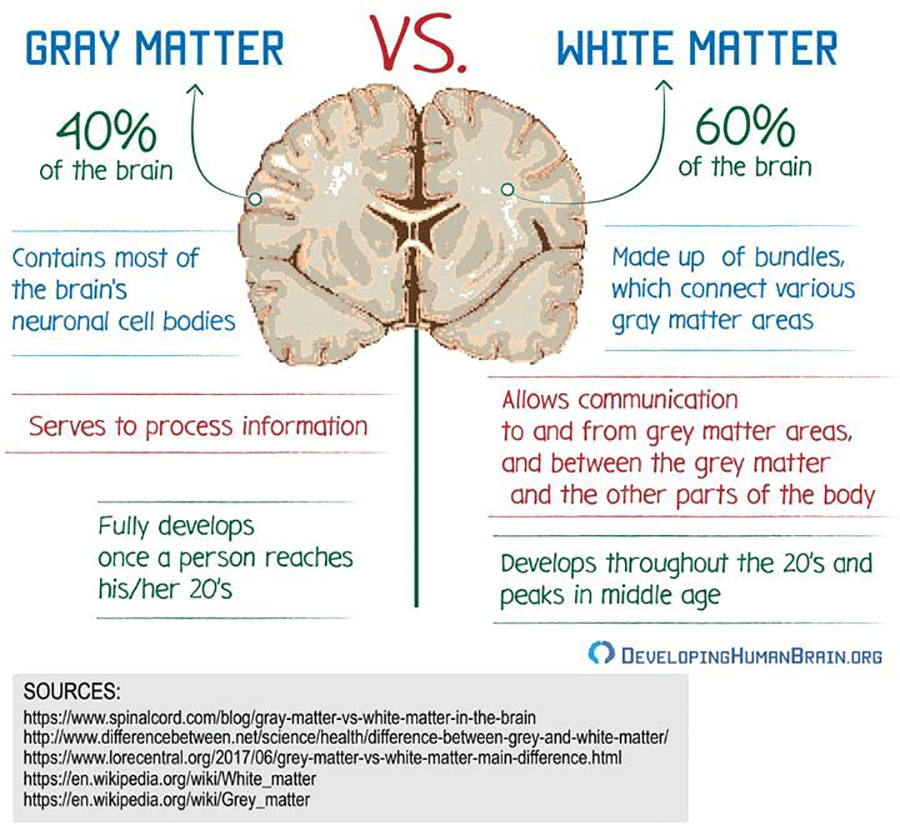Regular Walking Helps Improve Health of the Brain’s White Matter
A randomized managed trial has identified that people who participated in 6 months of frequent brisk walking expert not only enhanced cardiovascular health but also confirmed enhancements in memory and the brain’s white matter in comparison to people performing stretching and balancing exercises for the very same sum of time.
Despite the fact that this is not the initial research to display that physical exercise assists delay cognitive decline and encourage constructive variations in the mind regarded as neural plasticity, the vast majority of reports have examined the gray make a difference earning up the brain’s outer layer with a higher focus of neurons.
Though both gray and white issue is important for the standard purpose of the brain, this latest review targeted on an place of the mind recognized as white subject, which is discovered in the brain’s further tissues and consists of extensions of neurons acknowledged as nerve fibers.
In accordance to the researchers, white and grey matter can be believed of in phrases of electrical power. Gray subject is the mild bulb, and the white matter is all the electrical wires that the bulb is related to. White subject is known to degenerate in the two dementia and balanced growing older, so it is important to establish irrespective of whether or not that degeneration can be delayed or even reversed. The scientists established out to investigate if constructive variations in the white subject could be promoted with actual physical action.
The review consisted of 247 inactive but usually healthy people more mature than 60, devoid of any historical past of neurological challenges these kinds of as stroke or dementia. Baseline steps of cardio-respiratory conditioning, processing skills, and memory ended up taken at the study’s outset, together with an MRI mind scan to measure the white matter’s overall health and purpose.
Folks had been allocated to groups and met 3 situations a week for 6 months, with a person team participating in brisk 40-minute walks, a further group studying and practicing choreographed dances, and a manage group taking part in supervised stretching and balancing classes. The mind assessments and mind scans have been recurring at the conclusion of the analyze.
The walking and dancing groups experienced improved general cardiovascular well being just after 6 months of frequent action. While beneficial white subject changes were seen in both teams, the alterations ended up far more pronounced in the strolling group. MRI photographs confirmed that selected mind locations appeared more substantial, and symptoms of hurt to the mind acknowledged as tissue lesions experienced shrunk. A drop was observed in the health of white matter in the command group.
The white subject alterations that were involved with enhanced memory were being only viewed in the strolling group. It’s not clear why all those enhancements have been not found in the dancing group, while the researchers speculate that it could be thanks to the simple fact they were being not going as vigorously for the reason that they were still studying.
Exercising increases oxygen and blood circulation to all locations of the human body, which incorporates the brain. This increases blood tension, an significant neurological and disease dementia risk aspect. Common bodily action is joined to diminished strain and enhanced sleep, which also has a optimistic impression on the mind.

Graphic Supply – developinghumanbrain
Want to use our illustrations or photos on your website? Right click on image for embed code
